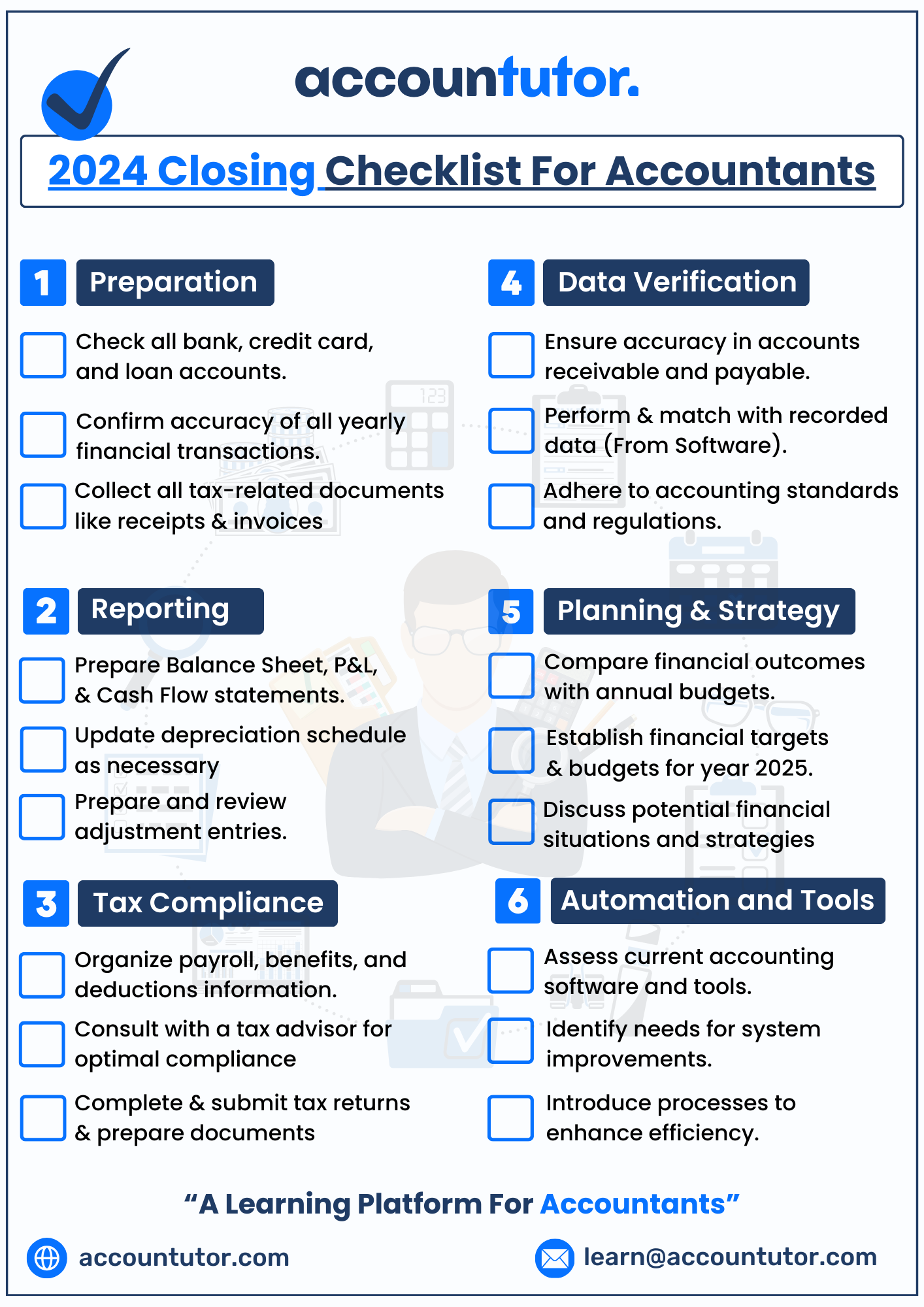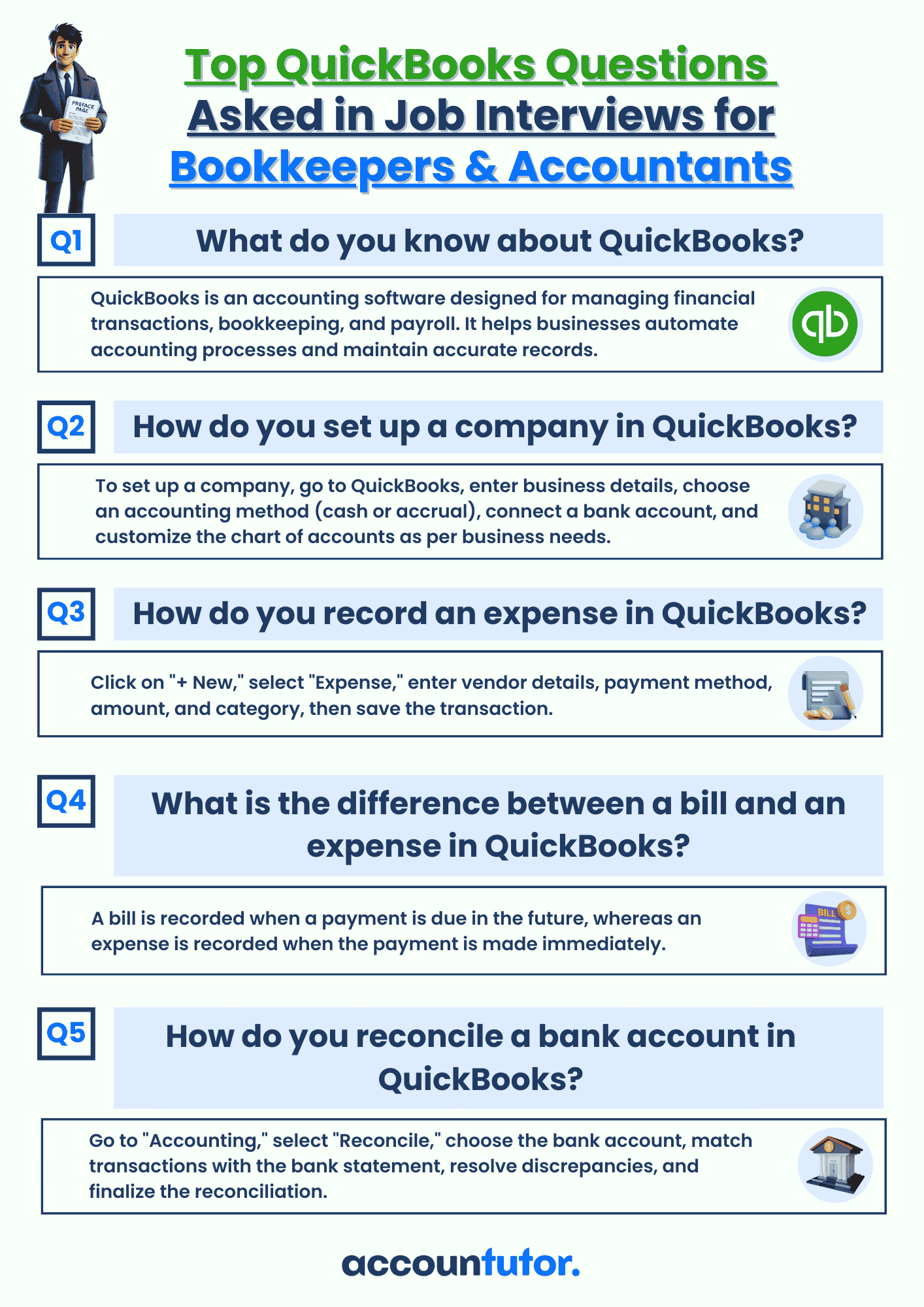Consolidated
Financial Statements
-
How it Works
-
Why It Matters
-
When It's Required
Consolidated
Financial Statements
“One group. One report. One complete picture.”
1. How It Works
If Company A owns 100% of Company B,
their assets, liabilities, income, and expenses are merged into a single set of
financial statements. This gives investors and regulators a true view of the
parent company's overall financial health, without having to piece together
multiple reports.
For example, if the parent earned $1M and the subsidiary earned $500K, the consolidated income statement would show a total of $1.5M in revenue.
2. Why It Matters
Consolidation removes internal transactions between companies in the group—like intercompany sales or loans—to avoid double-counting. It provides transparency and helps users understand the real economic performance of the entire group, rather than each business individually.
3. When It's Required
Key Takeaways
✅ They reflect the financial results of a parent and its subsidiaries
✅ Internal transactions are eliminated to avoid duplication
✅ Required under major standards like IFRS and GAAP when control exists
✅ Useful for showing the financial health of the entire group
Access all Accounting and Bookkeeping Courses from One Portal.
Mastering Bookkeeping and Accounting
QuickBooks Online For Bookkeepers
Xero Accounting For Bookkeepers
ChatGpt for Bookkeepers and Accountants
Subscribe to our newsletter
Policy Pages






